DB: Linkedin Learning 1.0
Credits 1Digital Basics: LinkedIn Learning 1.0 is a self-directed course taught online that covers the basic principles of 2D design software such as Adobe Illustrator, Photoshop, and InDesign. It leverages the unique relationship ArtCenter has with LinkedIn Learning to educate students via a select set of online LinkedIn Learning videos. Students watch the videos, learn the content, and are assessed on their learning at the end of the term.
